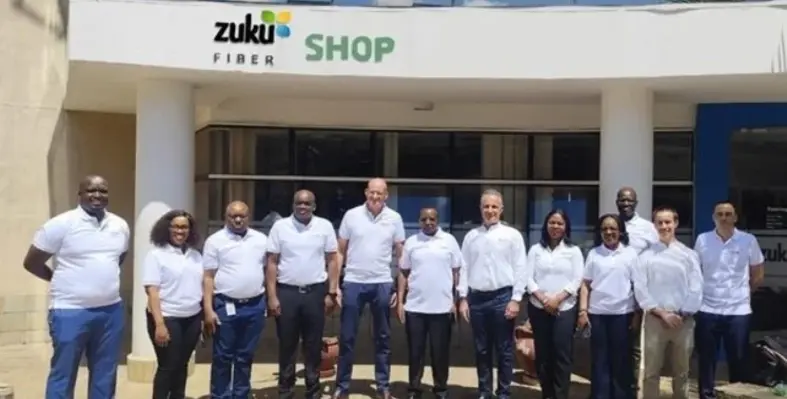
The collaboration aims to deliver affordable, high-quality mobile connectivity to underserved and remote communities across Africa
Vanu, Inc., a leading provider of mobile network infrastructure designed to help operators profitably serve rural areas, has entered a strategic partnership with Amazon’s low Earth orbit (LEO) satellite network, Project Kuiper
The collaboration aims to deliver affordable, high-quality mobile connectivity to underserved and remote communities across Africa, beginning with southern Africa.
Vanu’s mission centres on bridging the global digital divide by connecting those who remain unconnected. Its innovative coverage solutions already enable millions of people in isolated regions across multiple continents to access mobile networks
Through the integration of Amazon’s advanced satellite network into its portfolio, Vanu will strengthen its capacity to deliver reliable connectivity while partnering with a globally recognised technology leader.
Project Kuiper currently has over 150 satellites in orbit and continues to expand its growing constellation. Leveraging this infrastructure, Vanu plans to deploy its “Coverage as a Service” model, using Amazon’s low-latency backhaul connectivity to provide mobile broadband to rural populations starting in 2026.
By utilising satellite backhaul, Vanu can bypass the high costs and complexity of traditional telecom expansion, enabling access to high-speed communication for education, healthcare, commerce, and emergency response in remote communities.
“We are energized by this opportunity to accelerate our mission,” said Andrew Beard, CEO of Vanu. “Amazon’s low Earth orbit constellation gives us the scale, reliability, and performance to reach areas that have been technologically excluded for far too long. Together, we can reshape what is possible for rural connectivity worldwide.”
“Project Kuiper was created to help connect customers and communities beyond the reach of existing networks, and our backhaul solutions are an important part of that vision,” said Chris Weber, Vice President of Consumer and Enterprise for Project Kuiper. “Vanu has a proven track record connecting some of the hardest-to-reach places on the planet. Using satellite-based connectivity from Amazon, they can enable mobile network operators to reach more subscribers in more places.”
The partnership will begin in southern Africa, where Vanu and Amazon plan to showcase a sustainable and scalable framework for rural connectivity. By merging Vanu’s innovative terrestrial technology with Project Kuiper’s global satellite broadband capabilities, the collaboration aims to establish a replicable model for inclusive digital growth, setting the foundation for long-term global impact.

























